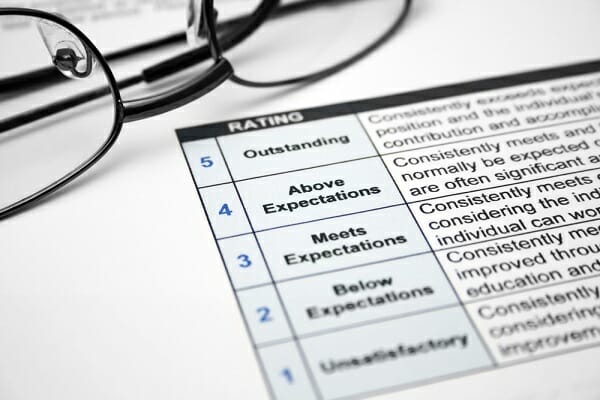Overview
Many organisations focus on strategy, systems, and customers while underestimating the role people play in long-term success. This article answers the question “how do human resources improve organisational performance?” by explaining how HR shapes learning, capability, motivation, and knowledge retention, enabling organisations to shorten their learning curve and create sustainable value through people.
How Human Resources Drive Organisational Performance Through Learning
Every organisation exists to create value. For businesses, this value is delivered through products, services, and experiences that meet or exceed customer expectations. Yet behind every outcome lies a less visible driver of success: the people who make it happen.
While many organisations invest heavily in technology, processes, and strategy, the link between employee capability and organisational performance is often underestimated. This is where human resources play a critical role. When HR is managed strategically, it becomes the engine that accelerates learning, strengthens quality, and increases long-term value creation.
Employees as the Foundation of Organisational Value
Organisational value is created by people. Their skills, decisions, behaviours, and relationships directly influence quality, productivity, and customer satisfaction. However, unlocking this value is not automatic.
Human behaviour is complex, shaped by attitudes, motivation, perception, and experience. Managing this complexity requires expertise. HR professionals are uniquely positioned to understand how people learn, adapt, and perform within organisational systems. When HR functions effectively, it transforms individual potential into collective capability.
Why Learning and Quality Are Inseparable
Learning and quality are closely connected. Learning involves acquiring knowledge, skills, and insight through experience, study, and practice. Quality reflects the organisation’s ability to consistently meet or exceed expectations.
Organisations that prioritise learning develop higher quality outputs because employees continuously improve how work is done. As learning increases, errors reduce, efficiency improves, and customer value rises. This relationship explains why learning-focused organisations gain and sustain competitive advantage.
Understanding the Organisational Learning Curve
The learning curve, sometimes called the productivity curve, describes how performance improves as experience grows. When individuals repeat tasks, gain feedback, and refine their skills, they become faster, more accurate, and more confident.
At an organisational level, the learning curve affects cost, efficiency, and service quality. For example, new employees may initially require more time and supervision, but with structured learning and support, their productivity rises while effort and errors decline. HR plays a central role in shaping how steep or smooth this learning curve becomes.
Internal and External Paths to Organisational Learning
Learning in organisations happens in two main ways. Internal learning occurs through repetition, experience, and the adoption of new tools or technologies. External learning comes from collaboration, knowledge sharing, industry exposure, and learning from others.
HR teams are responsible for designing systems that support both paths. By creating environments that encourage experimentation, reflection, and collaboration, HR helps employees learn faster and apply knowledge more effectively.
Organisations as Thinking Systems
Organisations function as thinking systems made up of individuals who continuously learn, adapt, and pursue goals. While learning can happen informally, structured learning accelerates progress and aligns individual development with organisational objectives.
HR professionals design this structure. Through training, performance systems, and development pathways, HR ensures learning supports both personal growth and strategic goals. This alignment turns learning into a competitive advantage rather than a fragmented activity.
How HR Improves Organisational Performance in Practice
Strategic HR functions influence performance in several interconnected ways:
Evaluating Organisational Capabilities
HR identifies skills gaps and capability needs through data, assessment, and workforce analysis. This insight enables targeted learning and development initiatives that strengthen organisational competence.
Motivation and Performance Management
Motivated employees learn faster and perform better. HR designs reward systems, feedback processes, and performance frameworks that sustain engagement and reduce turnover.
Employee Satisfaction and Loyalty
Fair policies, work-life balance, and opportunities for growth create satisfaction and loyalty. A stable workforce retains knowledge and supports a smoother learning curve.
Continuous Development of Human Capital
HR facilitates ongoing skill development, ensuring employees grow alongside organisational needs. This reduces reliance on external hiring and preserves institutional knowledge.
Alignment with Organisational Goals
Clear communication and flexible structures help employees commit to shared objectives. When people understand how their work contributes to success, learning becomes purposeful and focused.
Preserving Organisational Knowledge
HR protects organisational memory by implementing knowledge management practices. This prevents learning loss during turnover and maintains performance continuity.
HR as a Strategic Business Partner
When HR aligns people strategy with business strategy, organisations evolve into learning organisations that innovate, adapt, and compete effectively.
Final Thoughts: Why HR Shapes Sustainable Success
Organisations that succeed over time invest not only in customers and systems but also in their people. Human resources act as the bridge between learning and performance, transforming individual growth into organisational capability.
Understanding how human resources improve organisational performance reveals why HR is no longer a support function but a strategic driver of value, resilience, and long-term success.








